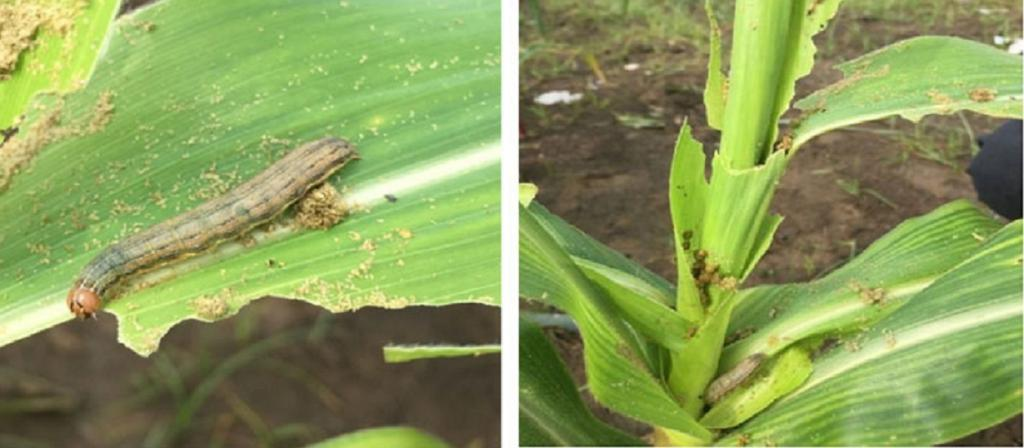Free Courses Sale ends Soon, Get It Now


Free Courses Sale ends Soon, Get It Now



Copyright infringement not intended
Picture Courtesy: www.downtoearth.org.in
Context: Prolonged warm temperatures in Assam caused a severe pest infestation by Mythimna separata caterpillars, damaging around 28,000 hectares of nearly mature paddy crops across 15 districts.
Details
About Mythimna separata caterpillars
Life Cycle
Appearance:
Habitat
Control Measures
It's essential to adapt control strategies to local conditions and follow integrated pest management (IPM) practices, which involve a combination of different control methods for sustainable and effective pest management. Local agricultural extension services often provide guidance based on specific regional conditions.
Conclusion
|
PRACTICE QUESTION Case Study: Farmers in a region are facing a severe infestation of Mythimna separata, commonly known as the Oriental armyworm, which is causing substantial damage to their maize crops. The farmers are seeking effective pest control measures to mitigate the impact on their yields. Q. Which of the following integrated pest management (IPM) practices would be most suitable for controlling Mythimna separata infestation in maize crops, considering both economic and environmental factors? A) Sole reliance on chemical pesticides. B) Introducing a natural predator specific to Mythimna separata. C) Implementing crop rotation with non-host plants. D) Using genetically modified (GM) maize varieties resistant to Mythimna separata. Answer: C Explanation: A) Sole reliance on chemical pesticides: This option may have short-term effectiveness but can lead to pesticide resistance, harm non-target organisms, and pose environmental risks. It may also incur high costs for farmers. B) Introducing a natural predator specific to Mythimna separata: This is a viable biological control method. Natural predators can help manage pest populations without the environmental concerns associated with chemical pesticides. However, the introduction of new species should be carefully evaluated to avoid unintended consequences. C) Implementing crop rotation with non-host plants: Crop rotation is a cultural practice that disrupts the life cycle of pests and enhances soil health. This option is a sustainable and environmentally friendly approach, reducing the likelihood of recurring infestations. D) Using genetically modified (GM) maize varieties resistant to Mythimna separata: While GM crops can offer resistance to specific pests, the long-term effects and broader environmental impact need consideration. It is a form of biological control, but potential ecological consequences should be monitored. Correct Answer: C) Crop rotation is a sustainable and effective method that helps break the life cycle of pests, reduces the reliance on pesticides, and enhances soil fertility. |
© 2024 iasgyan. All right reserved